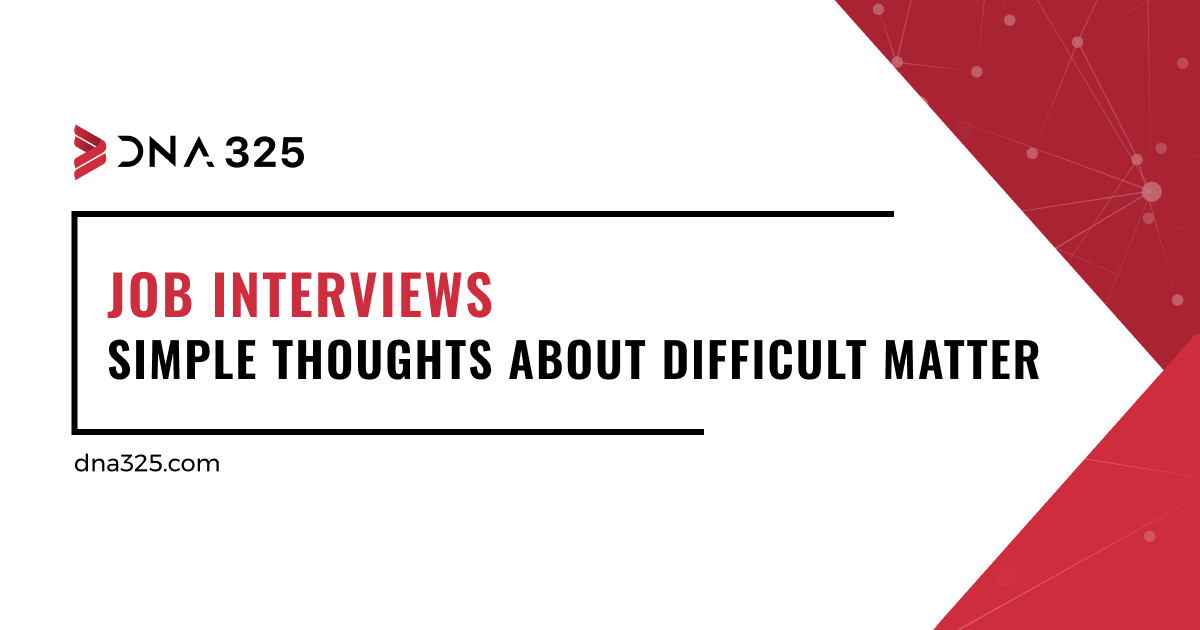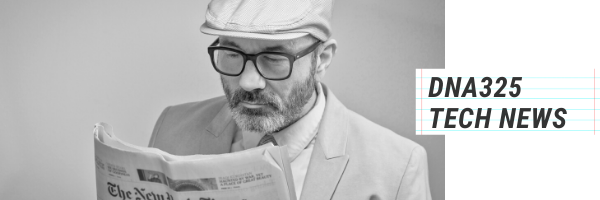Preparation and Evaluation
Before arranging an interview, you must obtain from the candidate:
- CV;
- Wage expectations;
- The end date of the current project/contract or a possible date of transition to your project.
Having analyzed the CV in detail and comparing the candidate’s expectations with the vacancy budget, it is quite simple to decide on the continuation of the negotiation process. It is important to inform the team or customer about the candidates whose compensation exceeds the budget; this can increase the budget of the vacancy or reduce the requirements for candidates. In addition, it is necessary to discuss the company’s tax payment policy (gross/net) and prospects for possible bonuses.
It is necessary to check all the additional nuances, asking for the needed clarifications from the candidate. For example, the reasons for long breaks in work or a sharp change in a profession/position. Very often, such things are described vaguely.
For instance, marketers frequently indicate content creation among their responsibilities. However, this can assume a variety of activities – individual creation, coordination of the creative team, the involvement of agencies or freelancers, etc. As all these make a significant difference in the experience of the candidate, it is necessary to clarify what exactly is implicated.
As for the resumes of technical specialists, the situation is similar, however, it is better to discuss the details of a specific project (architecture, technology, role, additional tasks). They are always happy to talk about “technical labyrinths”, just be ready to understand them.
This procedure will help to process the candidate database better, weed out unsuitable ones and, as a result, improve the quality of the selection. The results of qualitative system analysis, such as the “talent acquisition” of an expert, will also be indicative.
Ok, Now You Can Schedule an Interview
Choose a communication channel that is convenient and accessible to all the involved parties. The format of the future interview depends on the required number and duration of the stages. If there are a few stages, the requirements are high, the emphasis is on the personal qualities of candidates – personal meetings will be the best choice. In all other cases, focus on telecommuting.
The main stages of the negotiations include:
- A summary of the vacancy and company requirements/conditions (usually this is done by the recruiter). After that, you need to get a CV and remuneration expectations.
- Preliminary negotiation to clarify the nuances of the candidate experience, the date and time of the first interview.
- HR interview. A detailed study of the candidate’s career, the reasons for job search, assessment of personal qualities.
- Professional interview. It is conducted in accordance with the theory and examples of technologies or tools used in the project. Often before or after such an interview, the candidate is given a test task. In practice, paragraphs 3 and 4 are often combined.
- Acquaintance with the project management and team. This stage serves for the gradual acquaintance of the best candidates or candidates with the team. If there is only one candidate, at this stage they may already be offered to sign a contract.
If everything is done according to the plan and the transactions took place, nothing needs to be specified additionally. The contract, formed on the basis of the conditions agreed upon at the previous stages, serves as the result of the work and all that remains is to sign it.
Naturally, this shortlist provides only the most basic points of negotiations. A particular case may contain a large number of additional/repeated steps.
Things to pay special attention to:
- Discrepancies between the Linkedin profile and CV. Different terms of work on projects, company or project names. It is worth clarifying the reasons for the contradictions and supplementing the information.
- Gaps in the candidate’s career. It is necessary to discover, what they did during unemployment periods.
- Frequent company shifts (more often than once a year). More severe restrictions are possible (up to 2-3 years), depending on the position and requirements. It is necessary to define the reasons for workplace changes.
- Sudden changes in the development vector (from a developer to a marketer, for example). Question what prompted such re-qualifications.
- Incomplete courses or internships (why they were not completed).
- Analysis of companies where the candidate worked. Perhaps there were reductions or financial problems. This moment cannot be ignored.
This information would allow finalizing the interview plan and the list of questions.
The interview itself and the search for the ideal candidate are extremely subjective. To avoid distortions, you can use the survey form, that is, a list of questions about the candidate work experience that you need to clarify. There is no such thing as a perfect interview; there cannot be a rigid structure, framework, or “proper order” of questions.
Duration: Is an Hour Enough?
Indeed, it is believed that an ideal interview without test tasks should be no longer than an hour. If you have nothing to talk about – you are poorly prepared if the interview drags on for more than an hour – you did not prepare the structure. Try not to go into polemic or unrelated discussions, control the course of the conversation.
In general, all interviews can be divided into 2 types:
- With a rigid structure (each question and step has a clear place);
- Flexible (there are only key points requiring clarification, without structure and order).
Usually, a specific mix of both is used, depending on the vacancy and requirements.
Let us outline the main stages of the interview:
-
Greetings and the establishment of regulations
By smiling sincerely, you demonstrate your openness to the candidate but from the very beginning, you must establish strict confines for the process. Alternatively, you can discuss the proposed stages or the main points of the interview and obtain the consent of the candidate beforehand. This will protect against force majeure on both sides and show the candidate that you are prepared.
-
Company presentation
Provide information about the structure and values of the company, opportunities for growth. Try to show the candidate how they can fit your company. To make it simple, use the future tense language, based on the current achievements of the candidate.
Examples: “Your previous experience in preparing presentations will be very useful, because now “our company” also develops by educating our customers”. “It will be interesting to hear in more detail how you launched the system of “nurturing leads” at your past position”.
It is important not to go too far. Do not assume answers to questions that you have not asked yet.
-
A detailed study of the candidate’s experience
A personalized questionnaire and specific questions about the experience are useful here. It is more convenient to keep it in the electronic form by generating a report template. The main thing is not the form itself but the particularity of records. In modern HR, PBX is often used to make notes on candidates.
-
Study of the candidate’s understanding of the company and proposed position
Make sure that the candidate has a clear understanding of the project, company structure, and corporate culture. Usually, questions are asked about the company, the scope of tasks, bonuses, and amenities offered by similar positions.
During the survey of the candidate, you should get a clear idea about the model and vector of their development. The candidate may turn up unsuitable for the reviewed post. In this case, it is worth clarifying whether they are ready to agree to alternative proposals and other positions. Try not to lose the candidate and consider all possible options.
-
Summarizing and establishing agreements upon key points: compensation, bonuses, and work start date
In fact, the results can be summed up after each key stage. In the proposed option, the candidate already sees the whole picture of the vacancy and has the opportunity to clearly formulate expectations for compensation and the bonus system. Also, it is important to talk out the nuances, for example, the conditions for the trial period.
-
Last but not least
Schedule approximate deadlines and a candidate-friendly feedback channel. You would better duplicate your general impressions immediately with a separate message.
We have discussed the “what” and the “why”. Now it is worth understanding the “how”. The main tool for interaction at the interview is questioning.
Interview Questions
Closed questions
Closed is a question that allows only the yes or no answer. If such questions form the basis of the interview, strong subjectivity arises, the interview will be one-sided. It will be difficult for the candidate to reveal their experience and vision. However, the possibilities of closed questions are often underestimated.
Here are some use cases:
- Summarizing. Example: Did I correctly understand that you have experience with “technology name”?
- Clarifying the facts. Expected remuneration, bonuses, job entrance date.
- Interrupting an overly sociable candidate politely. Example: So, cooperating with freelancers is not a problem for you?
- Returning to the important questions for which no reply has been received. Example: I would like to clarify; do you have any experience with the US market?
- Ultimate questions. When a choice between opposing statements is proposed instead of simple “yes” and “no”. Example: Do you prefer more vacation days or a quarterly bonus?
Open questions
It is difficult to define a structure for these questions; they are variable. The main thing is to prevent the possibility of monosyllabic answers.
Let us highlight the groups of questions that we use in our work:
-
Career question
The questions are aimed at discussing the stages of a candidate’s professional growth. The main vectors, experience, companies’ structure, reasons for transitions. It is convenient to set up the interview structure with these questions.
Example: “Tell us more about your experience with N”, “Why did you decide to switch to N1?”.
-
Situational questions
These help to reveal the candidate’s behavioral models and possible nuances of team interaction. Usually drawn as case-questions, the candidate needs to describe their actions in a particular situation. Works great with the next paragraph.
-
Behavioral questions
A certain clarification of the candidate’s attitude to the culture of the company, force majeure, working conditions. It is better to cloak the questions by attaching them to the candidate’s previous experience.
Example: “Perhaps your previous company has a bonus system; if so, how can it be changed for the better?”
-
Provocative questions
Various kinds of provocations can be considered a subspecies of behavioral questions. Usually, these question varying moral issues or, rather, the candidate’s attitude to them.
Example: “If a customer pays well, they are always right. Do you agree with this statement? ”
-
Incorrect wording
Aimed at assessing the depth of the candidate’s competence. A statement with an intentional error or inaccuracy is voiced. A good specialist is likely to notice and correct it. These questions should be asked by a specialist in the industry, as after the answer, often, a question from the candidate follows.
-
Case-questions
The candidate is immersed in a detailed situation, they need to build an algorithm for solving it and predict the consequences, given the human factor. Sometimes the interview is based on voluminous case questions, which are supplemented by other types of questions.
Combined Techniques
Separately, we want to highlight several techniques that are a combination of groups of questions:
- Negation. The emphasis is shifted to the unsuccessful experiences of the candidate. Your task will be to highlight the negative experience of the candidate and how to solve their existing problems.
- Projection. A situation is simulated to which the candidate is plunged indirectly, that is, cannot act directly. They are invited to act as a mentor. This gives them more tools for action but reveals their behavioral patterns and logic of actions more. “How would you rate a leader who is trying to manage all processes personally?”
- The method of unfinished sentences. A definite thesis is formulated, which the candidate is invited to continue. A convenient tool for specifying how the candidate sees their development vector.
- Layering. The focus is on one characteristic of the candidate. Questions, albeit different in type, emerge as a group one after another and trail a certain line of thought. “At Posad company, the employee development system was most important to you. How could it be improved, in your opinion? – What is the main thing in their current development system, financial motivation or additional bonuses? – Why, in your opinion, would your variant work better?” It is important to compare the answers with earlier questions – how honest the answers are, how much they are aligned with the answers to more general questions.
Summary
In this article, we tried to set out the structure and fill it with techniques that we use ourselves. It is important that during the interview you determine the focus of the person – to the process or to the result. Expectations for the formulation of tasks (independent formulation of hypotheses and their confirmation or implementation of already planned steps). For senior management, it is possible to determine the style of leadership, expectations for the structure of the company, and other nuances.
In any case, this is not a complete list of questions or tricks. If you have any additions or just a desire to leave feedback, we will be happy to answer you. Email: ozlobenko@dna325.com.




